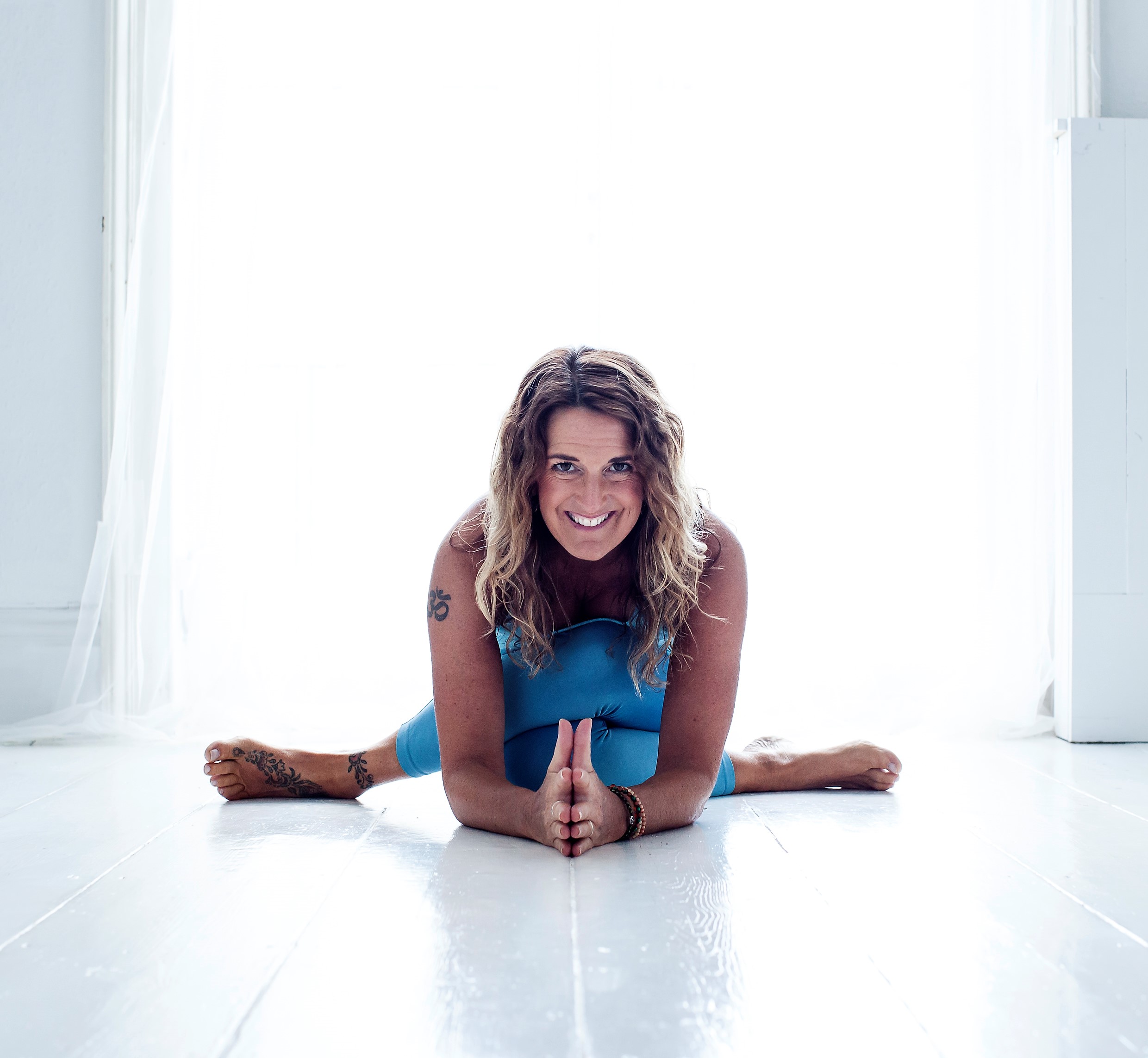
This 2 hour masterclass will focus on relaxing and inviting more spaciousness into the entire area we refer to as the ‘hips’. The pelvic bowl or hara in Eastern medicine, is where we store our power, it is where we generate our locomotion from and is the root of many of our postural patterns that when misaligned or tight can cause back pain, SI pain, shoulder pain and more. It is also the area most commonly ‘locked down’ / shut off / tight and holding pain from sitting at a desk for long periods of time, driving or other sedentary lifestyle habits. This class aims to give you a clearer sense of your hips so that you can consciously release and relax through the dimensional spectrum of these two powerful practices. We will first work with gentle mobilisation via Satya somatic yoga, then work with some deep intense yin yoga stretches to bring more freedom, ease, blood flow and vital energy into the pelvis. Once your body better understands its relationship to self and space then feelings of wholeness, coordination, availability of breath and experiences of ease open a way for clearer communication and embodied grace for body, mind and spirit.
Somatic awareness is a deeply healing and profound practice that communicates with the outer layers of the body and then navigates deeply inward to the more subtle body. When we introduce new more organic movements, we can help to build a more refined ‘brain map’ because we give a different quality of attention toward the deeper layers of the body. This in turn builds new neural pathways, consequently offering new patterns of being to the body and mind.
During this class, you will be encouraged to become more sensitive, explore and listen inwardly to the sheaths of connective tissue, muscle and bone in order to bring about greater wakefulness, luminosity and space within. Your body will experience the power and grace of gentle meditative movements, done lying either on your back, front or side (never standing), as it is important that we are not lifting upward against gravity. When the body is not resisting gravity, it can begin to erase held patterns of resistance, both physical and psychological. This has a malleable effect on the body’s connective tissues and affects its electromagnetic pulse that is orientated to the earth’s centre. Some of the movements are quite passive, meaning that you get to completely relax and just focus on what you’re feeling, this begins the process of relaxing the nervous system. Other movements are active and although they are very fluid and slow, they require a great deal of mental focus. These pliable active movements allow for the release of chronic muscular contraction and habitual conditioning of the body, therefore the body starts to re-learn natural, more efficient movement patterns. The aim of this practice is to increase the flow of neurological current and to encourage greater wakefulness to the bones, muscles, tissues and organs. The more extensive the flow of information within the sensory motor system, the greater the range of motion in the body. Instead of using one’s will to achieve a release or an opening, these movements undermine the will, instead and facilitate teasing out releases and openings without force, outside of our conscious control. These passive movements will support the body’s innate autonomic nervous system, thus allowing the body to heal, self regulate and attune with blood, lymph and its natural biorhythms.
BENEFITS OF SOMATIC YOGA
Yin helps to release tension held in the deep tissues of the subtle body. When we take the time to let go of physical tension, mental and emotional tension will also find space to release. Yin Yoga has the same goals and objectives as any other school of yoga; however, it directs the stimulation normally created in the asana portion of the practice deeper than the superficial or muscular tissues. Yin Yoga targets the connective tissues, such as the ligaments, bones, and even the joints of the body that normally are not exercised very much in a more active style of asana practice.
With Yang-like lifestyles, one of the most difficult things to do is to stop and sit still. However, if we ride the Yang train for too long, physical and mental exhaustion ensues. This can manifest itself in either breakdown and/or injury, ironically forcing us to embrace more Yin-like activities.
One of the biggest yin challenges is to find the perfect balance between the physical and the mental. Our mind can often be a poor judge of the body’s abilities. It can be either pushy and inattentive to the body’s signals, or it can retreat in fear and interpret any strong physical sensation as a threat. If we apply too little stress to our tissues, they atrophy, however if we apply too much stress, tissues degenerate.
Yin Yoga will take you well outside your comfort zone. Much of the benefit of the practice will come from staying in this zone of discomfort, despite the mind’s urgent pleas to leave. I like to call this “effortless effort” and acceptance is key. Yin yoga poses apply moderate stress to the connective tissues—the tendons, fascia, and ligaments—with the aim of increasing circulation in the joints and improving flexibility. They are also designed to improve the flow of qi, the subtle energy said in Chinese medicine to run through the meridian pathways of the body. Improved qi flow is hypothesised to improve organ health, immunity, and emotional well-being.
Ultimately Yin is a meditative approach to yoga and aims at cultivating awareness of one’s inner silence, and bringing a deeper level of awareness to your being.